The FNB team wishes everyone a joyful holiday season. But that doesn’t stop us from relishing the dark side. Here, Mike Wilmington dishes on this psychologically acute, tormented version of Charles Dickens’ classic tale.
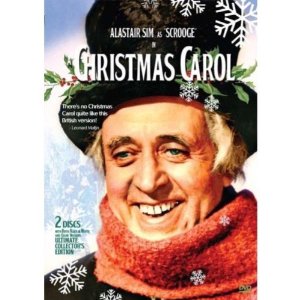 Almost everyone’s nominee for best of the many film adaptations of Charles Dickens’ Yuletide evergreen “A Christmas Carol,” is this 1951 cinematic gem, directed by the underrated Brian Desmond Hurst and scripted by the underrated Noel Langley.
Almost everyone’s nominee for best of the many film adaptations of Charles Dickens’ Yuletide evergreen “A Christmas Carol,” is this 1951 cinematic gem, directed by the underrated Brian Desmond Hurst and scripted by the underrated Noel Langley.
The movie is shot by the neglected near-genius cinematographer (later a prolific director), C. M. Pennington-Richards, whose other great photographic job was for documentarian Humphrey Jennings in his WW2 masterpiece “Fires Were Started.” “A Christmas Carol,” shot at the very height of the prime film noir period, looks like noir and feels like noir. (So, at the end, does that other great Christmas movie inspired by “A Christmas Carol,” Frank Capra’s “It’s a Wonderful Life.”) And it has what are usually film noir politics and social views.
This is the one of the most faithful of all Carol adaptations and also one of the least sentimental, one of the most stylishly crafted and one of the more psychologically acute. That’s in part because Hurst and Langley have deftly resisted the obvious temptations of the material. It’s beyond question a film for adults more than for children, which is almost never how “A Christmas Carol” is played.
When the Ghosts of Christmas Past (Michael Dolan) and Christmas Present (Francis De Wolff, decked out like a plum pudding) show up on a horrific, dark Christmas Eve (it’s black as pitch outside even when it should be afternoon) to escort Scrooge though his sad, frustrated past and his greedy, cheerless present, they’re almost like a team of Freudian (Jungian? Scroogian?) psychiatrists covered with mistletoe, digging into the roots of Scrooge’s neuroses and compulsions. (That’s always been the modus operandi of Scrooge’s Ghosts, but never more so than here.)
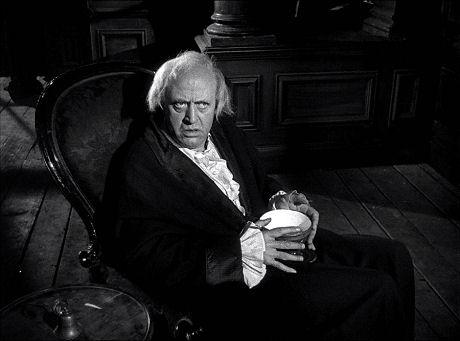
Sim is unforgettable as Scrooge in a film that’s for adults more than for children, which is almost never how “A Christmas Carol” is played.
Of course, key to this movie’s lasting appeal is its star: juicily eloquent comic actor Alastair Sim as the pathologically stingy Ebenezer Scrooge – the mean, miserly London businessman who considers Christmas a humbug. It was Sim (otherwise best known for the thriller “Green for Danger” and various comedies) who became the Scrooge of all Scrooges, just as the film is deservedly ranked as the Christmas Carol of all Christmas Carols.
With his baleful eyes and snarling smile, Sim had a gift for playing men who know too much and are rather annoyed at the silliness of the world. His diction was shatteringly perfect and it’s the foundation of his comic style.
All the acting is expert, deliciously British and delightfully (but never annoyingly) exaggerated. Sim is supported by an excellent cast: the fantastic Michael Hordern as Jacob Marley, the touching Mervyn Johns and Hermione Baddeley as Mr. and Mrs. Bob Cratchit, Jack Warner as the youthful Scrooge’s big-hearted boss, Fezziwig, Glyn Tearman as the mild but never saccharine Tiny Tim, George Cole as young Ebenezer, Patrick Macnee as the young Marley, Brian Worth as Scrooge’s ebullient nephew Fred, and Peter Bull as both the film’s narrator and an even colder-blooded financier than Scrooge.
In the “Carol,” the eggnog is a little spiked, the tale a little darker than in other versions. And more truthful, more penetrating. It’s amazing, in fact, how modern this story and its message, and particularly Scrooge’s philosophy, now seem. Greed? Business? Save the rich? Eat the poor? Are there no jails? Are there no workhouses? Bah, humbug!





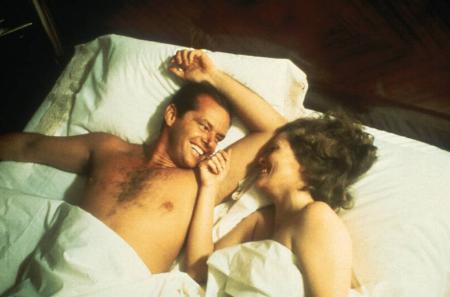
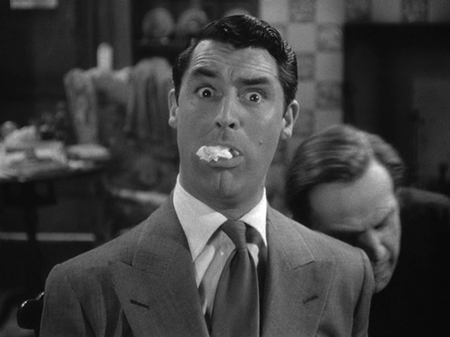
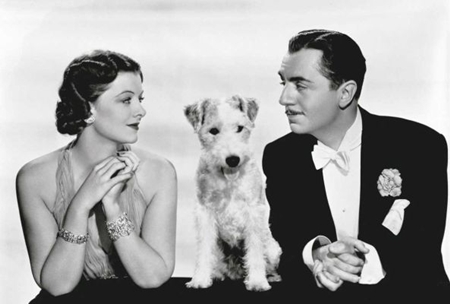
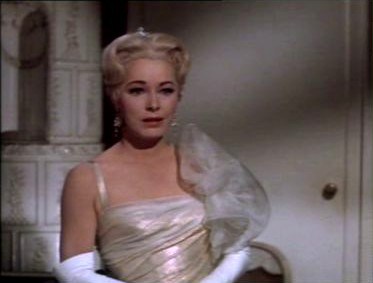
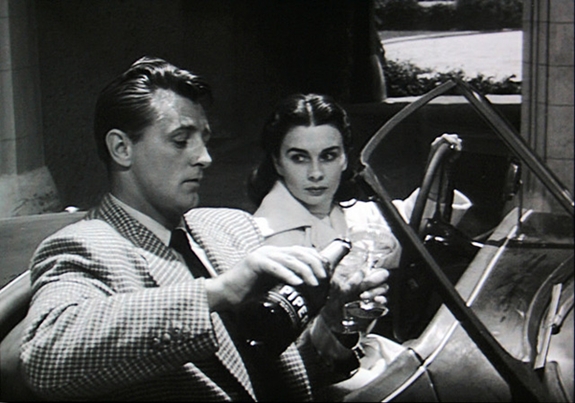
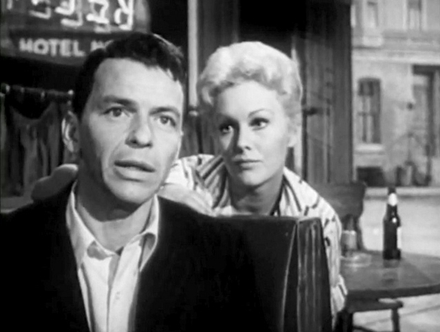
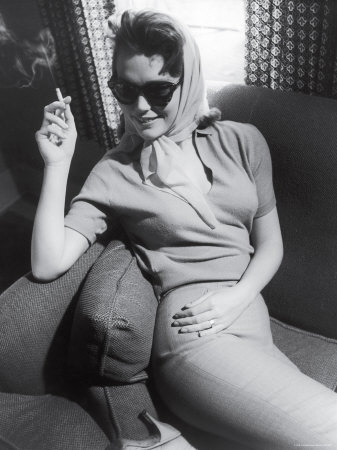
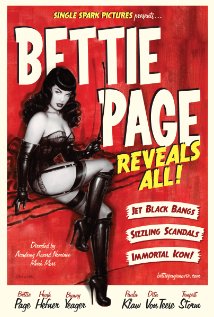

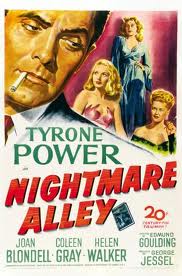
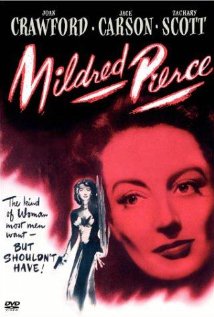
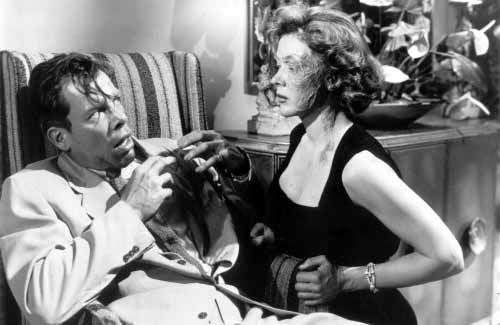
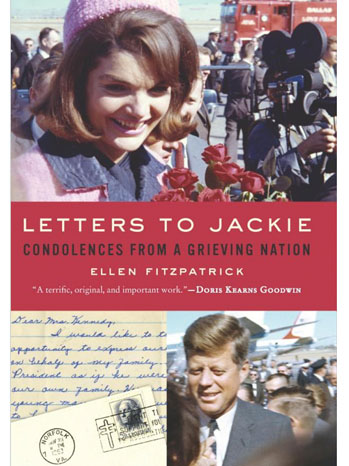
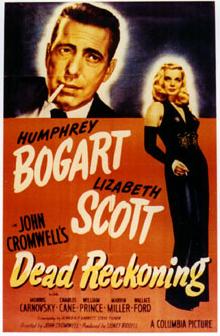
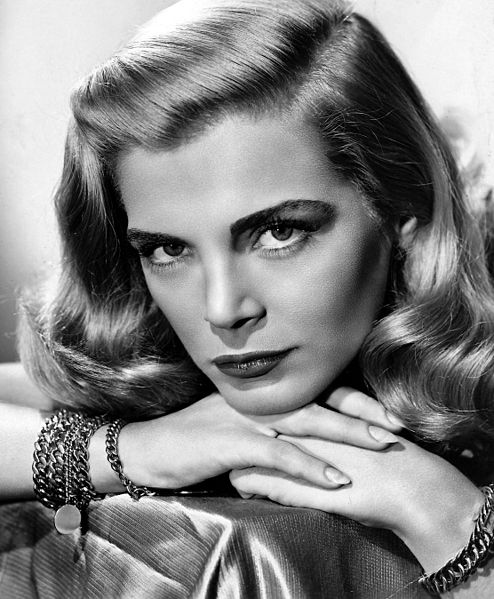
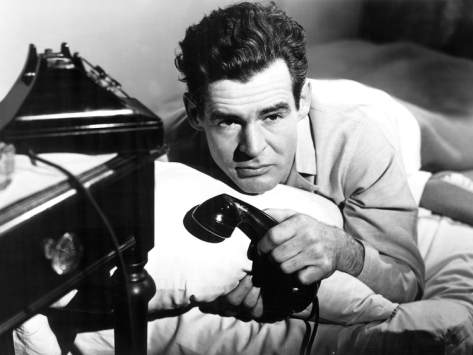
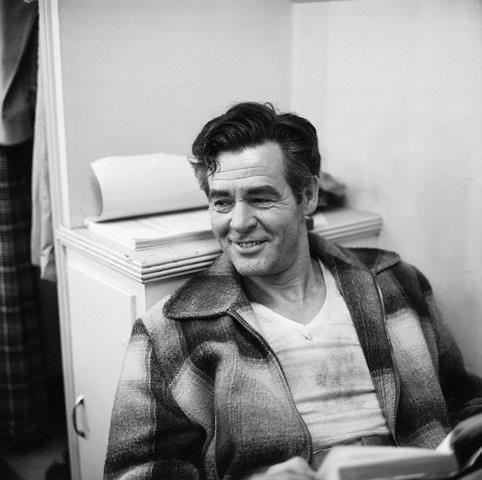





From FNB readers